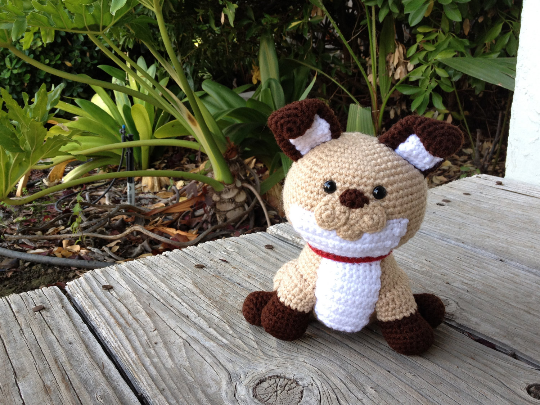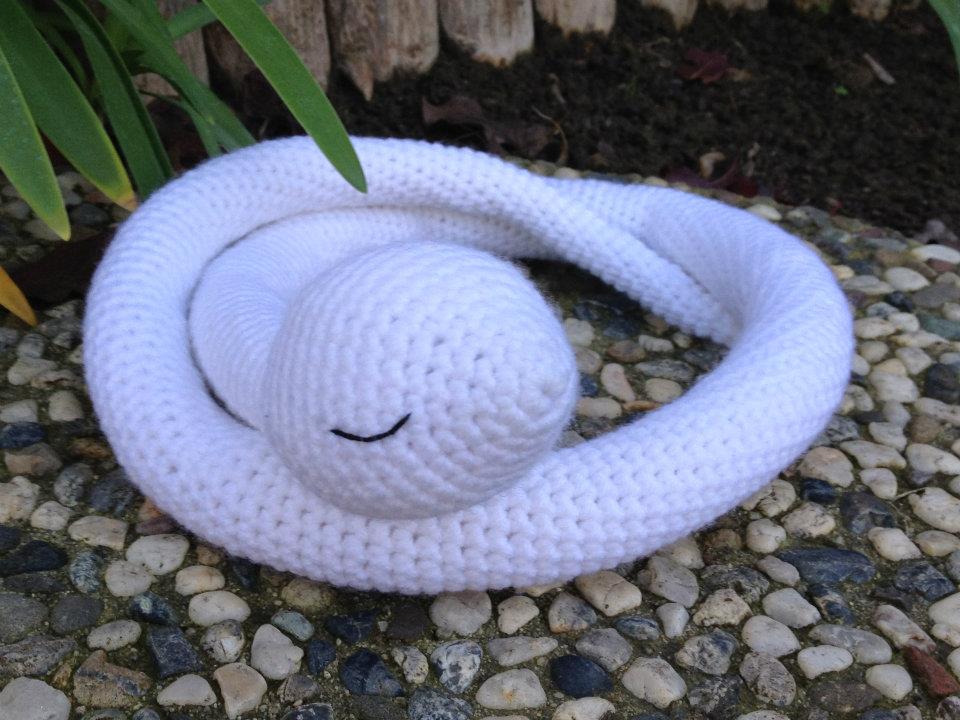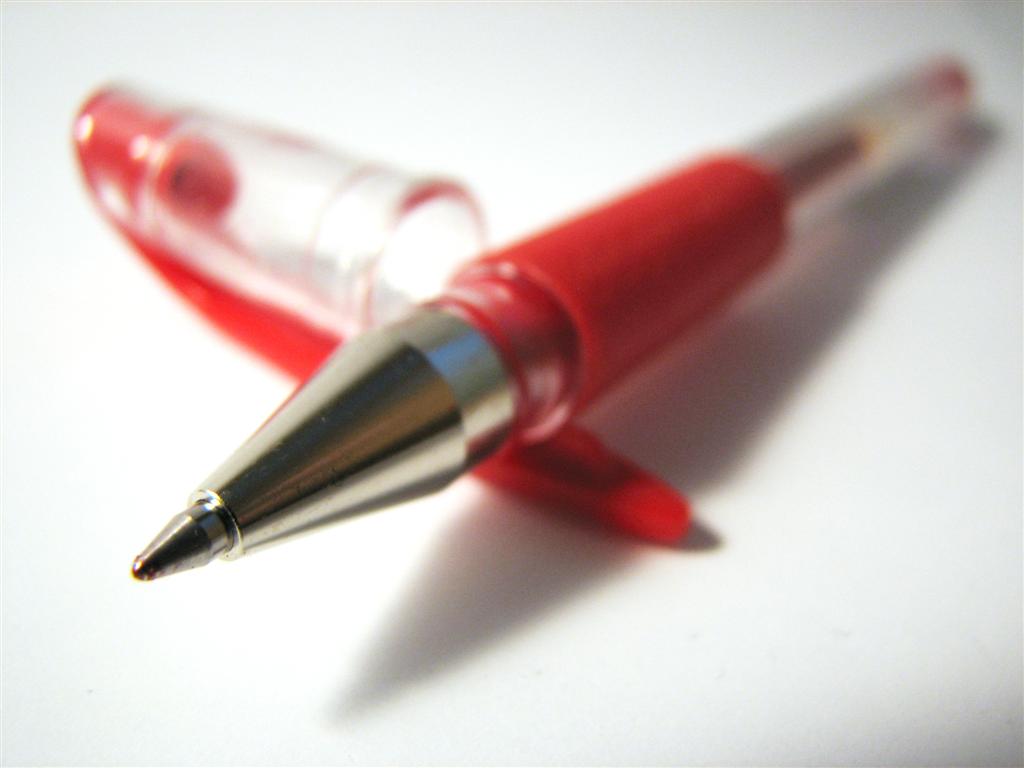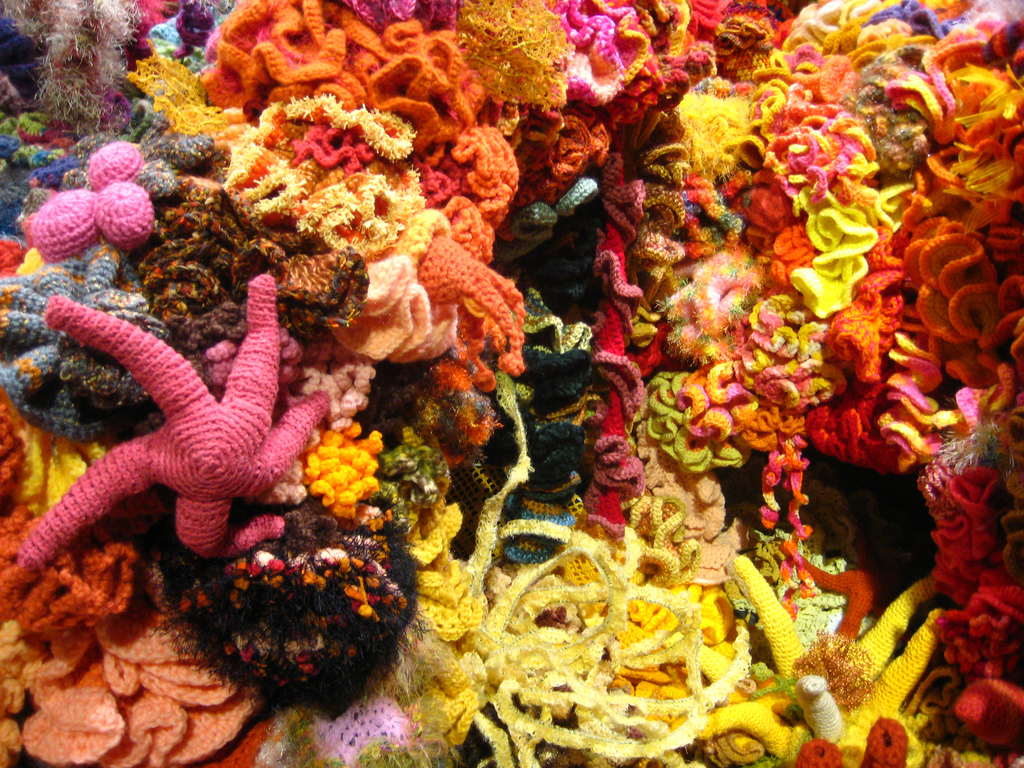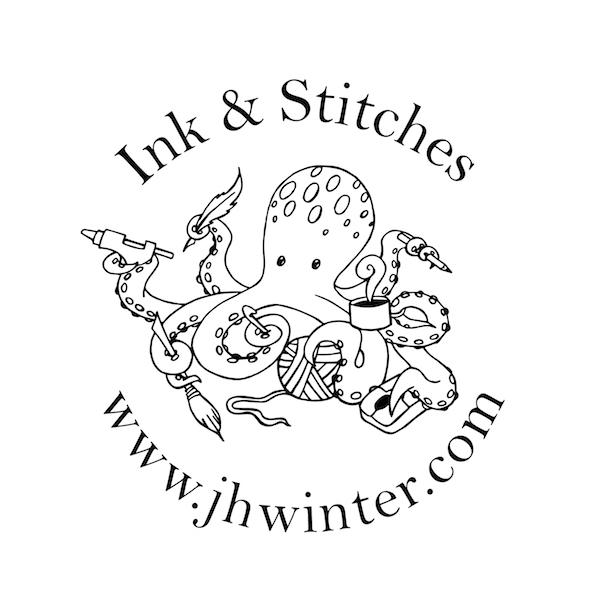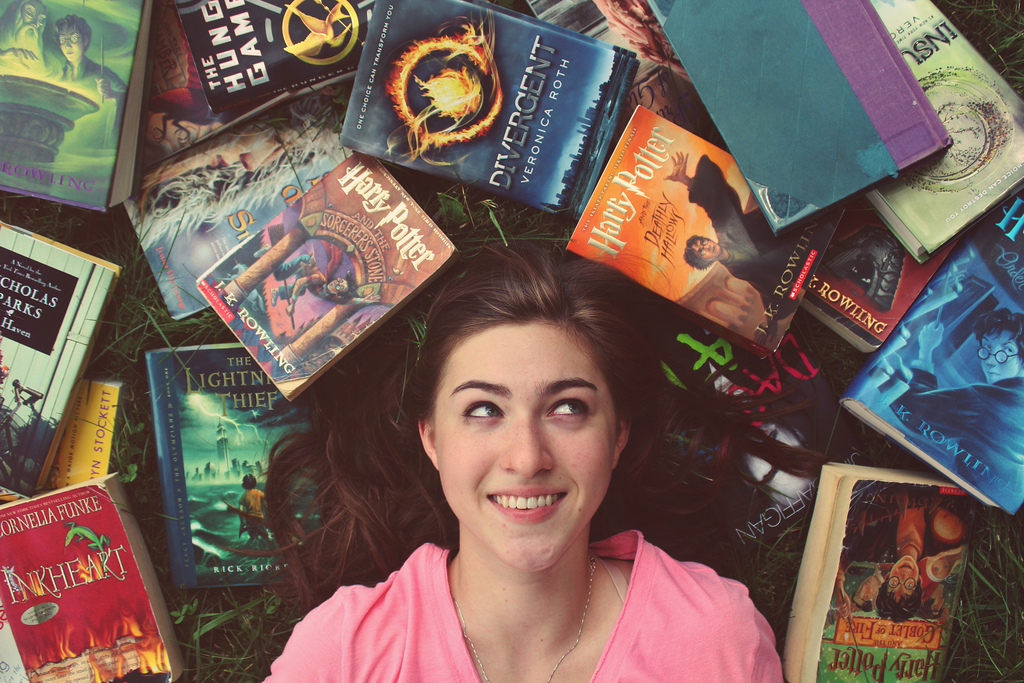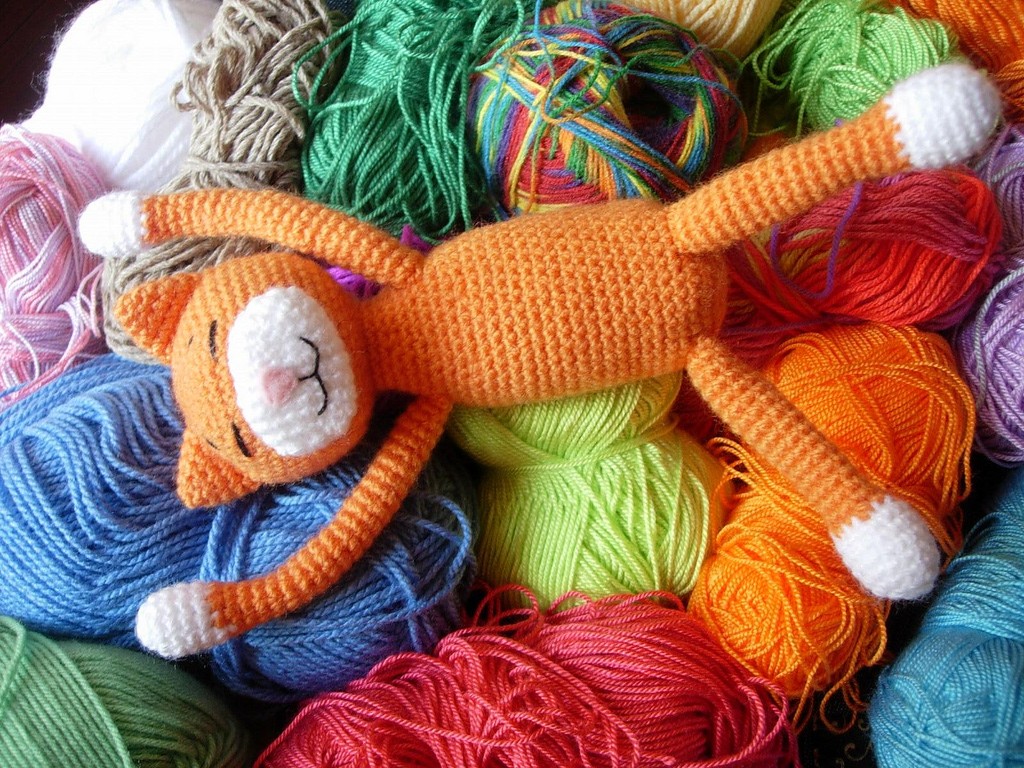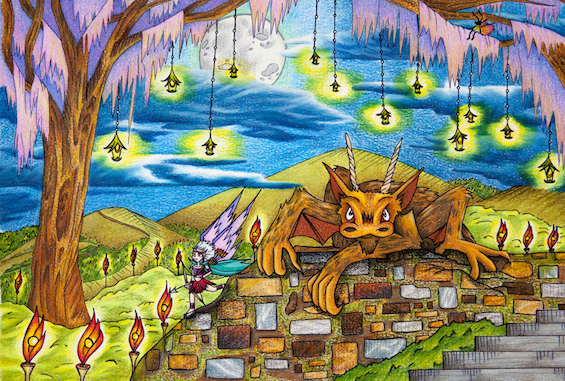-
-
-
A to Z Challenge: E is for Editing
Editing. The point after you’ve finished creating your manuscript when you revisit your writing to see how much more work you really have to do. Editing is taking your rough sketch, drawing in the final lines, and adding color to turn it into a masterpiece. Editing is where the magic happens in writing.
When I did NanoWriMo 2015 (see post about my experience next month), I read from seasoned participants, that you shouldn’t take the time to edit while you’re writing your way through the month. The goal is to write 50,000 words during November and if you stopped to edit right and left, you’d never reach the word count goal. So, I did as the other participants had suggested: I kept writing.
I zoomed through the month, leaving behind areas that I’d need to go back and fill in later. If a spot needed a bit of research, I left a _____ space. When it was time to sit down with my fledgling manuscript and dive into editing, that is when the researching, polishing, and filling in the blanks would take place.
I always suggest waiting at least a month after you finish the first draft of your manuscript, before you begin editing. Don’t even look at it during that time. Put it aside and work on something else. It’s been several months since NanoWriMo, and I’m just now starting to get back to my manuscript to start the editing.
This break gives your brain time to forget the specifics and details of the story. When you sit down to look at your manuscript again, you don’t want your mind filling in the gaps. You want to look at your writing as though you’ve never seen it before. The only way that can happen is to put a bit of time in between the writing and the editing portions of the process.
Editing is approached differently by every writer you ask. If you aren’t participating in NanoWriMo and your days aren’t so intense, you may do a bit of editing as you go. That way, when you begin the second draft later on, you will hopefully have a bit less to do for draft two. At the very least, you would have already caught and fixed a few things along the way.
Some writers like to print out their first drafts, so they can go through it with their trusty red pen. Yes, the same red pen teachers always used to mark up our papers with in school. Others, like to edit on the computer. This ensures that you only have to make the corrections once.
However you progress through the editing stage, here are a few of my personal suggestions to keep in mind while you read and re-read your manuscript:
- Look for your “crutch” words: those that you have a habit of using a lot. See if you can use other words to say the same thing.
- Read through the book, reading dialogue only. See if the flow of the words makes sense. This clears away what the characters are physically doing in the scene and allows you to just focus on what’s being said. You’d be surprised how easy it is to see the gaps this way.
- Look for areas where you use the same word multiple times within just a few sentences. I have a habit of doing this one. Sometimes it takes me two and three times looking at a paragraph to realize and correct my repetition.
- Maintain consistency. What I mean is, if you have a character who has a lot of internal dialogue going through their heads, decide how you want this to be formatted (italics, quotes, etc.), and stick to that formatting throughout the entire book. Grammar Girl has a great post on the subject if you are interested.
- Use the “search this document” and “find and replace” features. If you are like me and you leave a lot of ______’s behind that you want to go back to fill in later, do a “search this document” function, so that you make sure not to miss any. This is also a great tool to use during editing because it allows you to “find and replace” as well. If you decided to change a character’s name part way through the book, you can find and replace the old name rather than hoping to catch them all during the read-through.
- Save each new draft separately. If you end up cutting out scenes you loved, but didn’t work as well as you’d hoped, you can always use them later on, after the book is published, as fan fiction for a blog post (just a thought).
-
A to Z Challenge: D is for Dialogue : Writing Dialogue That Works (Part 2)
How to Make Your Characters Say Some Amazing Things
Dialogue is something so necessary in storytelling, it’s worth making sure what you’ve written is the best it can be. There are several things to keep in mind when writing or revising your story’s dialogue.
The first is having too much description in dialogue: information that would be better left in the narration (See Part One for more information by clicking on the link above).
The next issue to look out for is: making sure the dialogue matches the character’s age, class in society, where they come from, etc.
It’s not always easy to stay true to a character’s background. This is why knowing your characters inside and out will help you bring them to life in your writing. How would my character relate to the world and the people in it? How do their past experiences shape who they are today and how they speak? Did they come to America from another country, only knowing very basic vocabulary from the English language (see my post on Continuity in Writing)?
These are often things that would help shape how a person communicates in society, and can paint a better picture of the character for your readers. The key is to decide, early on, how you want your character to speak and then remain consistent.
Dialogue can be an amazing thing. In just a sentence or two, your reader can get a clearer picture of who a character is and how they are going to fit into the story. Sometimes, dialogue can evolve throughout a story too.
Think of the movie, My Fair Lady, where Eliza Doolittle is a flower girl with a Cockney accent at the start. She is soon discovered and taken under the wing of Henry Higgins, a professor of phonetics, who believes he can shape Eliza into a proper English-speaking lady, able to be introduced into high society. Eliza’s dialogue needed to vastly change throughout the movie, but for this story, that was the whole point and the fun is in listening to her progress in the dialogue.
On the other hand, if your character is someone from Japan who is new to America, just learning the English language, having that character speaking fluent English within the dialogue scenes, wouldn’t make any sense.
The character’s English could improve throughout the book—those changes would even add to the realness of the story—but it shouldn’t start that way. Especially, if it has been said that the character is new to the English language. These details will only seek to enrich the quality of your writing when they are done well.
Likewise, if your character is a child of five and they are using more advanced words than your everyday five-year-old could hope to know, it will make your reader pause and draw them away from the flow of your story—never something you want to have happen.
An exception to this would be if the five-year-old is a precocious, gifted child, who is well read and versed in the language. This is not often the case for most stories with children. If it is in your particular story, those details should be apparent in the description of the child. This way, the reader has a fair picture to go off of and they know your character is an exception to the general rule.
The beauty of dialogue in writing, is the fact that it helps your readers distinguish between characters. Many times, the reader won’t even need voice tags to know who’s talking. This is because of how they talk.
One of your characters may be quick witted, while the other is more soft spoken, so in an instant we know who is speaking in the scene.
I’m going to leave you with a bit of my own flash fiction to read. See if you would be able to tell the difference between Beatrice and Abby’s characters, even if the dialogue tags weren’t there. Why? What makes them different?
“Abby, you let him walk all over you!” Beatrice said, putting a healthy slab of butter on her scone.
-
A to Z Challenge: C is for Crochet
Crocheting has changed so drastically from how it began, back as early as the 1700s (though it’s turned up more noticeably since the early 1800s). It started with uses more practical to the times: creating nets and traps for hunters and fisherman. Later on, it became used for more decorative purposes (See more on crochet history).
From there crochet evolved again. Homes were adorned with granny square blankets thrown over the backs of sofas, and doilies found themselves the centerpieces on tables or for giving style to a nice side table lamp. Homes were given a softer, more cozy feel, by the crocheted pieces that were placed carefully around them.
Artists nowadays are taking the hobby of crochet to new heights, creating 3-D sculptures that are considered art alongside clay busts and paintings hung up on the wall.
It never ceases to amaze me what artists can do with the fewest amount of resources and tools. Who knew that simply having some yarn, a crochet hook, and a yarn needle, could create something like the underwater scene above?
New levels of cuteness using crochet, were found when the art of making amigurumi was brought over from Japan (see my post on
A to Z Challenge: A is for Amigurumi
-
-
-
A to Z Challenge: A is for Amigurumi
Amigurumi is a Japanese word meaning crocheted or knitted, stuffed doll (Ami = crocheted/knitted; Nuigurumi = Stuffed Doll). Most of the pieces for these stuffed dolls, are worked by crocheting in the round.
The art of amigurumi had been widely enjoyed in Japan for decades, before making its way to the United States. It was in the early 2000s that it gained in popularity with sites like Etsy (an online marketplace for handmade goods) and
Ravelry
-
- A to Z Challenge: April 2016, Colored Pencil, Craft Tutorial, Crafts, Crochet, Free Pattern, Giveaway, Illustration, Knitting, Watercolor, What I am Working On, YouTube Amigurumi How-To Video
Announcing: Portfolio and Sketchbook
This past week, I’ve spent countless hours: taking photos of my art, re-sizing them, uploading them, and shifting them around. At the end of all that, I now have two new, static pages housed here on my site!
They can both be found in the upper, left-hand side bar. I will keep them up-to-date with all my new art pieces, as I finish them. This is my place to keep my work and share it with you!
Portfolio: Albums
- Finished Illustrations: colored in and ready to go!
- Adeline and the Mystic Berries: preliminary sketches I’ve done for my book and its characters.
- Amigurumi: all amigurumi found in this album, I wrote/created the patterns for, even if many of the characters themselves come from other imaginations.
- Misc.: side projects I’ve done for work, gifts, etc.
Sketchbook
- My sketchbook has its own page because this is the one category that will grow quicker than the rest over time.
I welcome you all to go take a look and let me know what you think!
